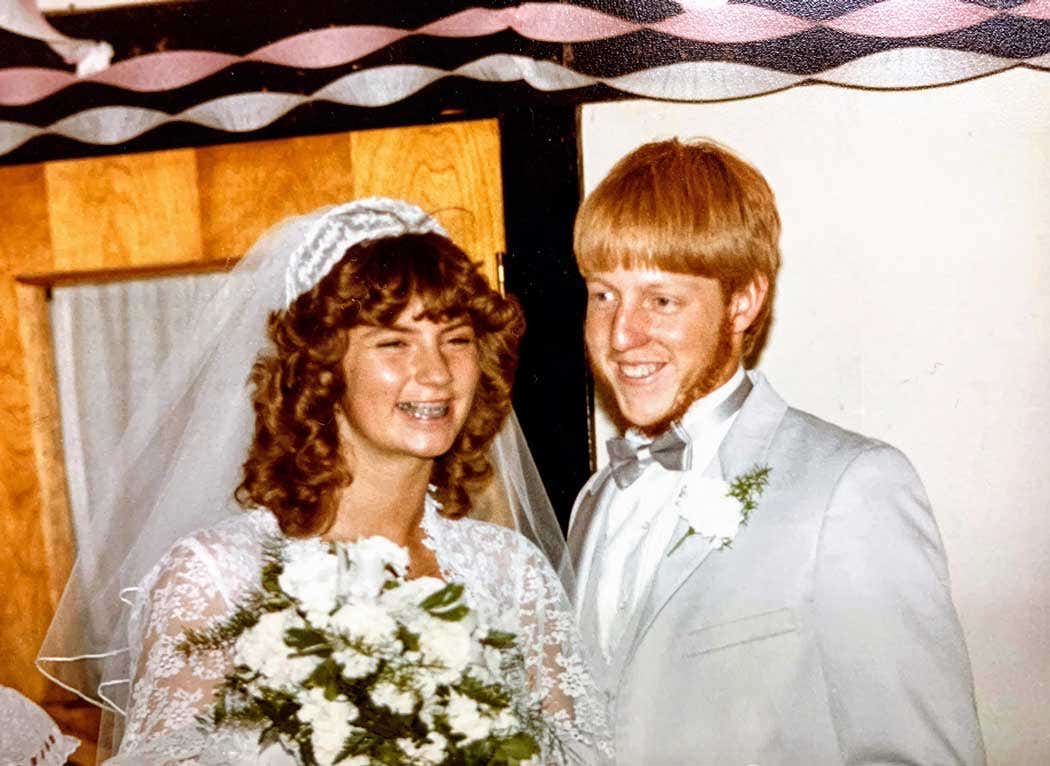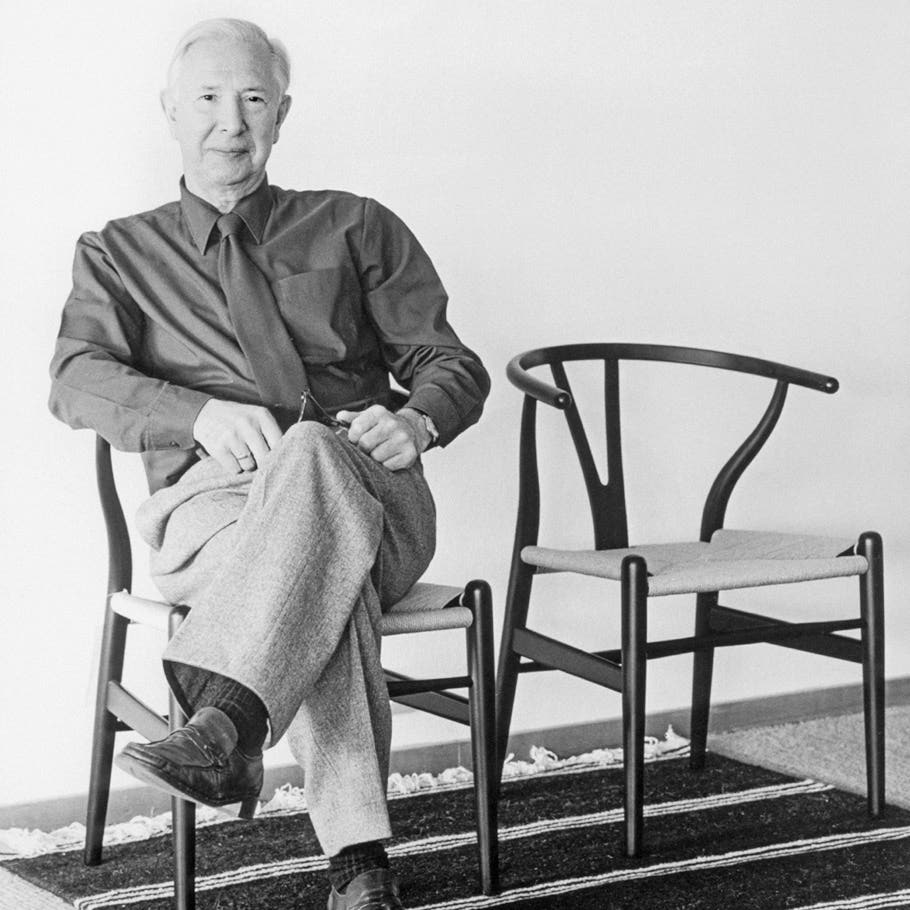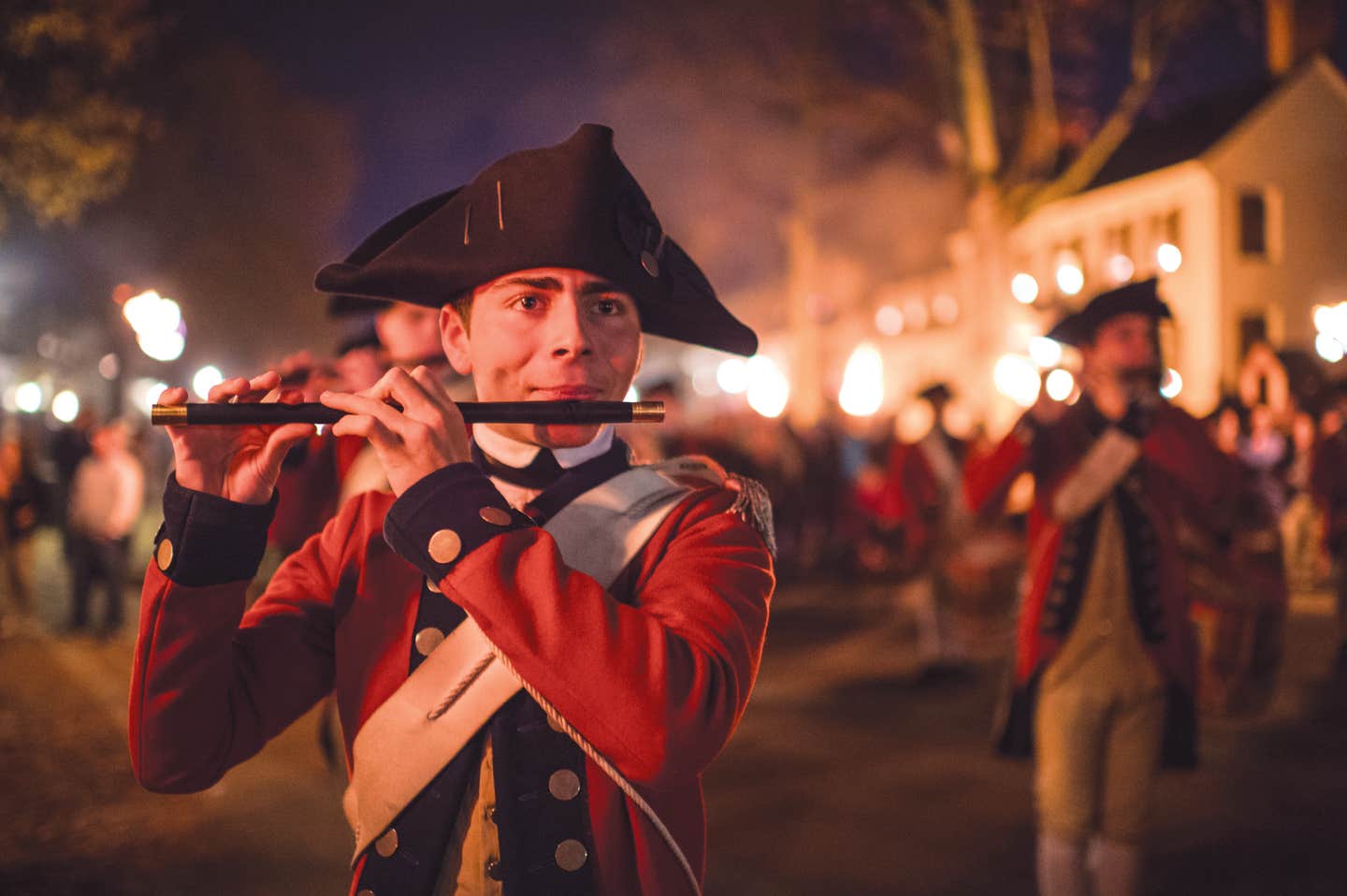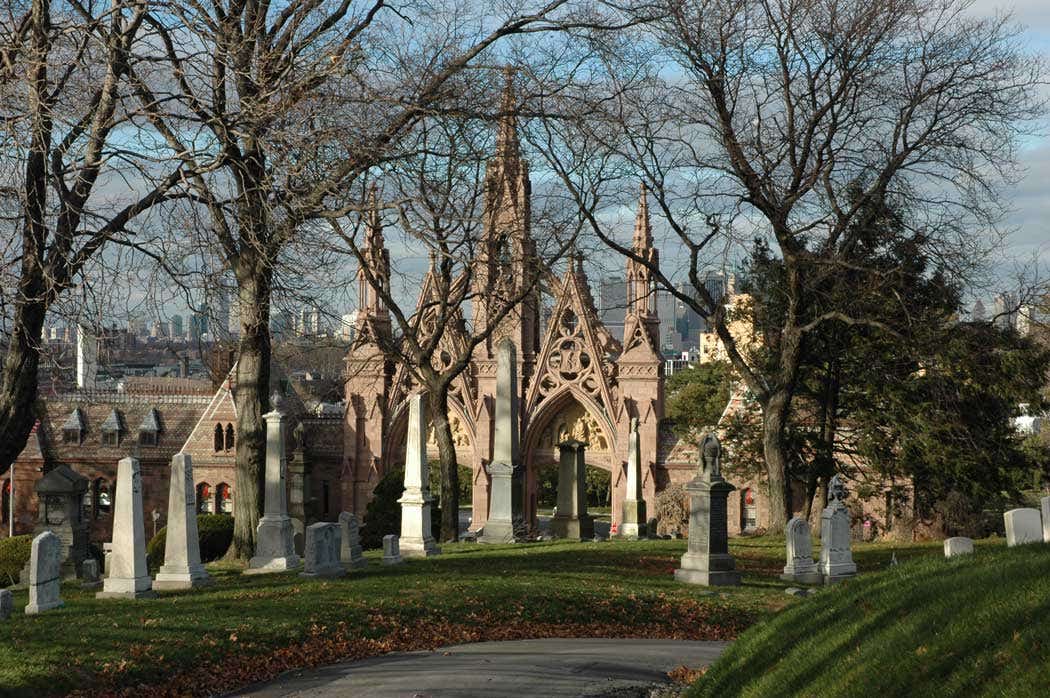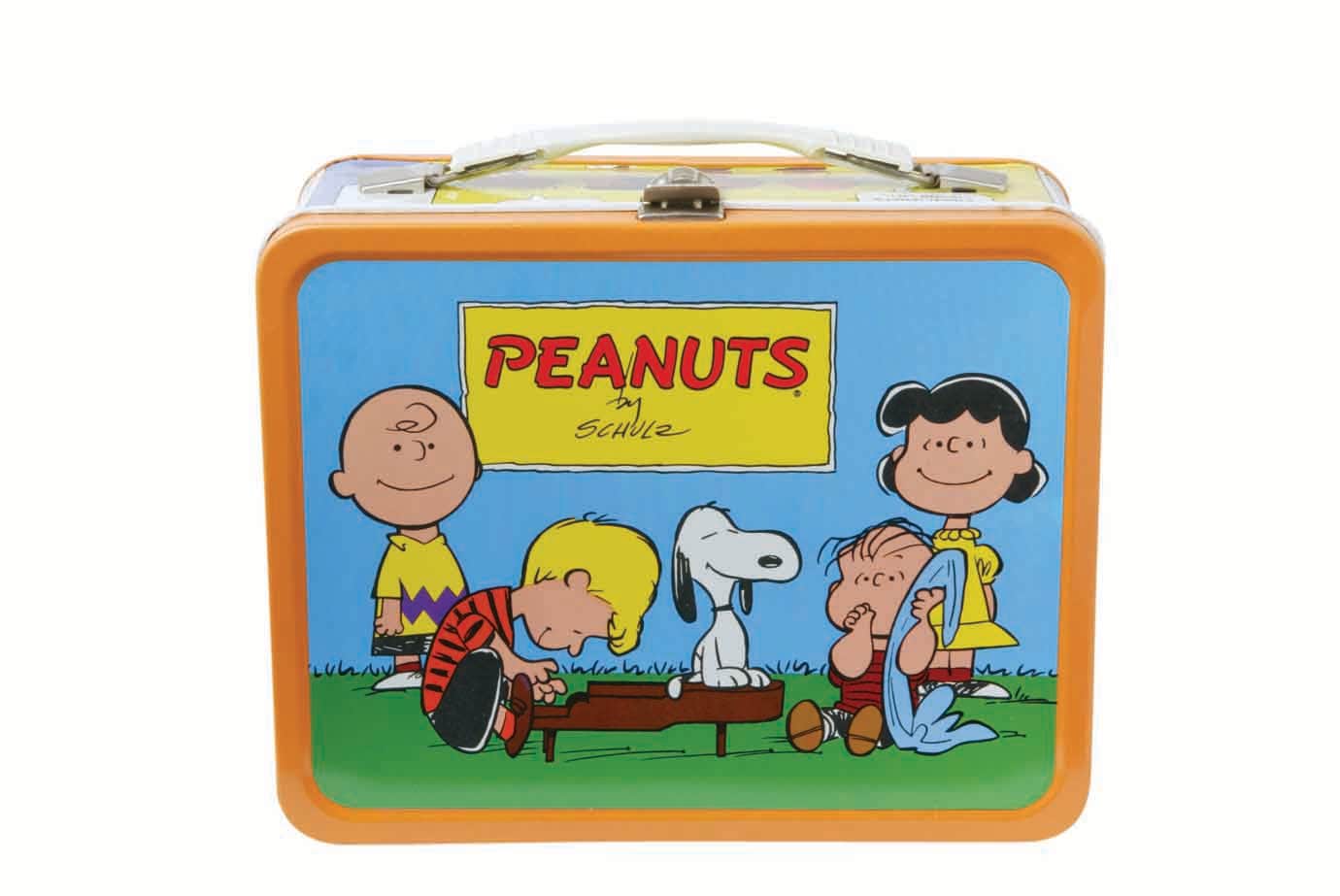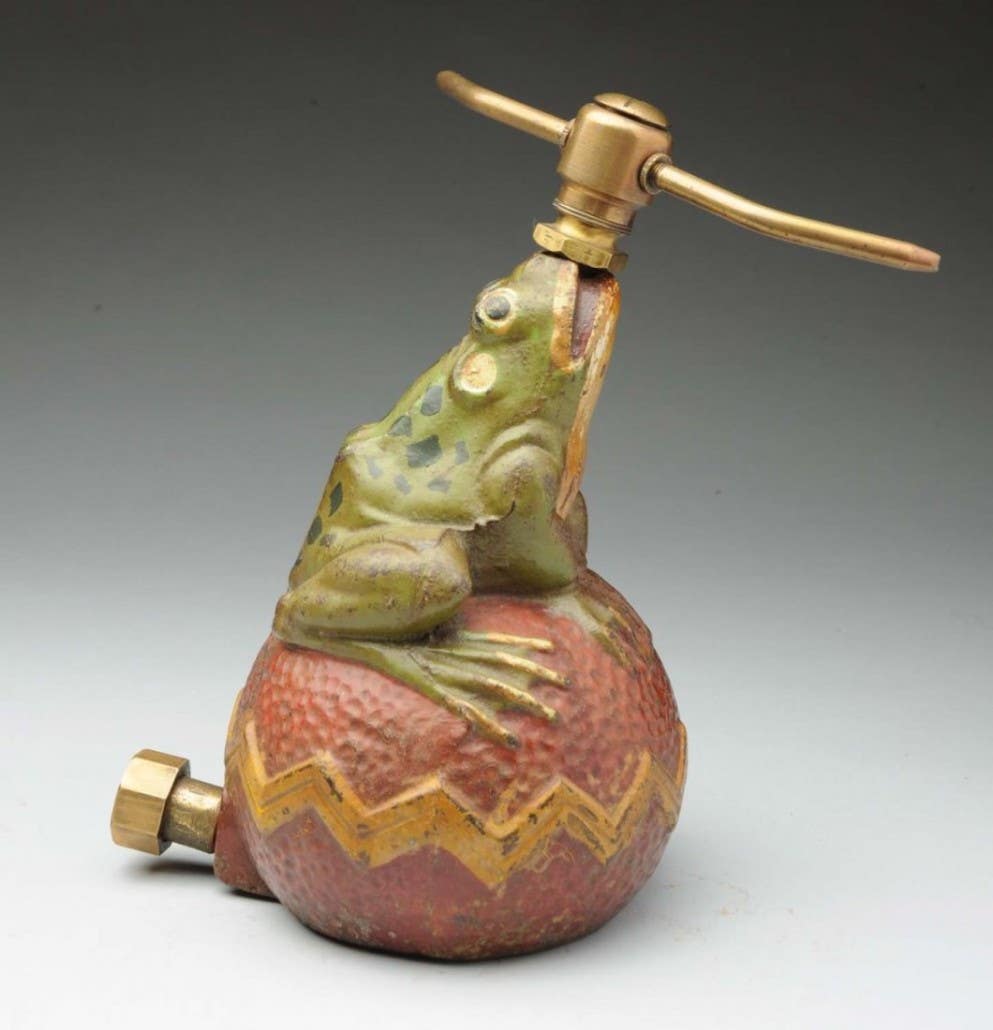Victorians Used Flowers to Send Secret Messages
Victorians elevated floriography to an art form and created bouquets to say things that could not be said aloud in polite society.
When people get a bouquet of flowers today, the first thing they generally reach for is a vase to put them in. In Victorian times, people reached for their floral dictionary to decipher what secret message the flowers were saying.
From the simple daisy to the complex dahlia, flowers of every type have captivated for thousands of years, and the symbolic language of flowers has been recognized for centuries in many countries throughout Europe and Asia. Mythologies, folklore, sonnets, and plays of the ancient Greeks, Romans, Egyptians, and Chinese are peppered with flower and plant symbolism, and nearly every sentiment can be expressed with flowers.
In the romantic minds of the Victorians, with their interest in medieval chivalry and sentimental symbolism, an obligation to social etiquette caused extreme censorship of what was considered appropriate conversation. This created a society that utilized and applied symbolic meanings of objects to express what otherwise could not be spoken.
To help them do the talking and express emotions, Victorians used flowers to send secret messages and elevated floriography (the language of flowers) to an art form. Specific floral arrangements were used as a form of self-expression and often exchanged to send coded messages that could not be said aloud in polite society.
The appreciation of flowers and using them as a means of secret communication bloomed alongside the growing interest in botany in the 19th century. Plant collecting, particularly among women, became a desirable pastime, encouraged by fashionable ladies magazines.
In her 2011 book, The Language of Flowers, author Vanessa Diffenbaugh notes the importance of flowers among the Victorians: “The majority of the population still lived on the land, nature itself was much more abundant and fruitful, and the notion of God spoke to man through the natural world.”
In a society that restricted communication between the sexes, Victorians turned to flowers to do the talking for them. Flowers were used to send mysterious and playful messages of love and friendship, thoughtful messages of sympathy and grief, and even darker communications signifying bitter endings of relationships or jealousy.
If you wanted to tell someone you loved them, you’d of course send red roses (true love) or a mix of red roses and dahlia (commitment and eternal love); red tulips also meant you were declaring your love. Pink roses, however, suggested just a passing fancy.
Receiving a bouquet of moss rose, sweet scented violet and white jasmine meant that someone admired your modesty and amiability. If you wanted to tell someone you admired their imaginative wit and wish them luck with their ambitions, you sent an arrangement of hollyhocks, lupins, white heather and ragged robin. Bluebells communicated “kindness,” rosemary symbolized “remembrance” and peonies meant “bashfulness.” Representing chastity was the mimosa, whose leaves close at night or when touched.
Some plants were used to send negative messages: Aloe meant “bitterness,” pomegranate “conceit,” and rhododendrons meant “danger.” If someone received an arrangement of delphiniums, hydrangeas, oleander, basil and birdsfoot, it was meant to deliver a more negative message, indicating they were heartless and to beware. Myrtle might symbolize love, but if it was sent with sunflowers (false riches), the message was that your love was fake and not worth professing.
Sending and receiving flowers was also a way to attract or reject suitors. If a man sent apple blossom to show a woman she was his "preference" or declared his devotion by sending a rose, she could respond by sending back straw to indicate she was interested in a union or a yellow carnation to express her rejection of such a notion.
English aristocrat and poet Lady Mary Wortley Montagu is credited with starting the floriography craze. Married to the English ambassador to Turkey, letters she wrote home from Constantinople in 1717 and 1718 discussed “a mysterious language of love and gallantry” and described the Turkish selam — a secret flower language used by clever harem women to communicate under the noses of their guards. She wrote:
“There is no colour, no flower, no weed, no fruit, herb, pebble, or feather that has not a verse belonging to it: and you may quarrel, reproach, or send letters of passion, friendship, or civility, or even of news, without ever inking your fingers.”
When Montagu’s collected Turkish embassy letters were published in 1763, the idea of a secret flower code and being able to send cryptic messages that evaded the strict social protocols of the day caught like wildfire. Many of these secret messages hid within the accepted etiquette of carrying or wearing small “talking flower bouquets” called nosegays or tussie-mussies held in decorative posy holders as popular fashion accessories.
By the early 19th century, a formalized language of flowers was developed in the form of a dictionary of symbolic meanings assigned to individual flowers, which thus became generally known to society as a method of silent communication. People in France at the time already liked to give each other flower almanacs, which were collections of watercolor and pencil sketches of flowers, accompanied by related poems and facts. The first published flower dictionaries were appendixes to those almanacs, though they quickly spun off to form a new sub-genre.
In 1819, a tome called Le Language des Fleurs, by Frenchwoman Louise Cortambert, writing as Madame Charlotte de La Tour, became the definitive word on the subject, and the translations of the book were bestsellers on both sides of the Atlantic. These dictionaries weren’t inventing a language so much as amassing and collating the established meanings already in use, Beverly Seaton notes in The Language of Flowers: A History.
There were many other books dedicated to the theme, including artist and writer Kate Greenaway’s Language of Flowers in 1884, which is one of the most familiar books about floriography and continues to be reprinted today.
In the lavishly illustrated The Language of Flowers: An Alphabet of Floral Emblems (London; New York: T. Nelson and Sons, 1857), we learn that the carnation represents fascination, the geranium gentility, and the dahlia instability. Some of the associations between feelings and flowers persist today. The rose, of course, represents love. But maybe you didn’t know that a gum cistus — or gum rockrose, as it’s more often called today — says to the recipient, “I shall die to-morrow” (a line from the lovelorn ballad “Barbara Allen”).
Between 1827 and 1923, there were at least 98 different flower dictionaries in circulation in the United States, and flower code was regularly discussed in magazines including Harper’s and The Atlantic.
Most of these books had some variations on flower meanings, so you’ll find multiple different ones when doing research, but many remained the same.
This flower fascination spread beyond bouquets. Creative artists, authors, poets, and actors also began using floriography to communicate their artistic messaging. Vincent van Gogh and Dante Gabriel Rossetti used it to bring meaning to their paintings; without knowledge of the symbolism behind flowers, these artists’ works could not be fully understood.
Jane Austen and Emily Dickinson — both gardeners as well as authors — used the language of flowers in their writing and also personal letters. In Charlotte Bronte’s novel Jane Eyre, she expected readers to not only know French, but also to understand that when Jane looks at snowdrops, crocuses, purple auriculas, and golden-eyed pansies, she’s feeling hopeful, cheerful, modest, and preoccupied with the connection between money and happiness.
Creating or deciphering a bouquet required resources mostly restricted to the extreme upper class. In order to look up a flower’s meaning, you had to be able to identify the plants on sight, and with hundreds of obscure plants to choose from, this was no small task with. This is where the knowledge of botany science came in super handy. To assemble a floral message, you also needed easy access to hundreds of flowers and plants — something hard for the lower class to obtain, but easy for aristocratic and wealthy Victorians, who could build conservatories as large as mansions. Since coal and labor were also both cheap, they could heat their indoor gardens to tropical temperatures year-round, and hire live-in staff to look after temperamental non-native plants they might want to harvest for flower messages.
In addition to the actual flowers, the ribbons added to the arrangement also held significance — specifically, if the ribbon was tied to the left, the flower symbolism had to do with the giver; if it was tied to the right, the message was about the giver.
It also mattered how a bouquet was presented to someone. If flowers were given to a recipient upside down, it meant the opposite of what that arrangement typically symbolized. If flowers were given to someone using the right hand, they were used to answer “yes” to a question; if they were given using the left hand, they were used to answer with “no.” If the question was a proposition, the recipient could hold their tussie-mussie to their heart to represent acceptance and reciprocal sentiment. If they held the bouquet downward, it indicated that the proposal was rejected.
Floriography had largely vanished by the end of World War I, as nations and families shifted their attention and resources to war and its long aftermath. Grand estates tore down their hothouses, or converted them for other purposes (a few survive as museum attractions, like the restored Wentworth Castle conservatory in Sheffield, England). Once the wealthy stopped assembling physical message bouquets, the disinterest trickled down, and artists and writers turned away from nature and focused their attention elsewhere.
Today, most people prefer to send messages through digital devices instead of using flowers and plants, and according to wedding florist I Love Roses, even contemporary brides are more often concerned with replicating an attractive image from Pinterest than creating a bouquet using flowers that have special and specific meanings for them.
A famous exception is Kate Middleton. When she married Prince William in 2011, she used Victorian flower language for her bridal bouquet, choosing flowers less for their looks than their meanings. She carried lily of the valley to symbolize the return of happiness, Sweet William for gallantry, hyacinths for constancy of love, ivy for fidelity, marriage, friendship and affection.
She also carried a special sprig of myrtle, the emblem of marriage and love. Including myrtle is a tradition that started in 1858 when Princess Victoria, the eldest child of Queen Victoria, carried a sprig of it. Middleton's myrtle was from a plant that Queen Victoria planted in 1845, and was also used in the bouquet of Queen Elizabeth's wedding in 1947.
Though the meanings of flowers are ever-changing and evolving, using flowers to communicate emotions is still widely used in modern society.
Meanings of some commonly used flowers
Whether you are putting together a flower bouquet for Mother’s Day, a wedding or planting a garden, here are the Victorian meanings of some of the flowers commonly used when creating bouquets that you might want to also consider using (or maybe avoiding), if you want to send someone a secret message:
Anemone: In art history, anemones were favorite flowers of Impressionist painters, like Monet, but to Victorians, anemones carried dark undertones and meant forsaken.
Aster: daintiness
Azalea: temperance
Baby’s Breath: everlasting love
Black-eyed Susan: justice
Cactus: warmth
Calla lily: magnificent beauty
Camellia: perfected loveliness
Carnations: admiration (red), purity (white), gratitude (pink), rejection and distain (yellow)
Cockscomb: affection
Crocuses: youth, cheerfulness
Daffodil: chivalry, unrequited love
Dahlia: good taste
Daisies: innocence, purity
Forget-me-not: True love memories; do not forget me
Gardenia: secret love
Gladioli: sincerity
Heliotrope: eternal love, devotion
Hemlock: you will be my death
Hibiscus: delicate beauty
Hollyhocks: ambition. Flowers like Holly-hocks that had these kind of meanings were often mixed with other flower species – as a mixed bouquet of flowers could mean something completely different to the individual signification of each flower.
Iris: faith, trust, wisdom
Ivy: hope and faith (blue), wisdom (purple)
Jasmine: sweet love, amiability (white), grace, elegance (yellow)
Lavender: devotion
Lilac: First sign of love (purple lilacs), humility and innocence (white lilacs)
Lily: Purity of heart (white), falsehood, gaiety (yellow)
Lily of the valley: return of happiness
Marigold: Uneasiness, grief, jealousy
Morning glory: affection
Orange blossom: marriage, fruitfulness
Orchid: deep love and passion
Peony: bashfulness, also prosperity and happy marriage
Poppy: consolation
Roses: as they still do today, roses symbolized love in the Victorian era, but they had to be red or pink. Yellow roses were an admittance of infidelity.
Snapdragon: deception, graciousness
Sunflower: false riches, haughtiness (tall ones); adoration (dwarf variety)
Sweet-pea: goodbye
Verbena: pray for me
Violet: modesty and faithfulness
White rosebud: a heart untouched by love
Yarrow: everlasting love
Zinnia: thoughts of an absent friend



